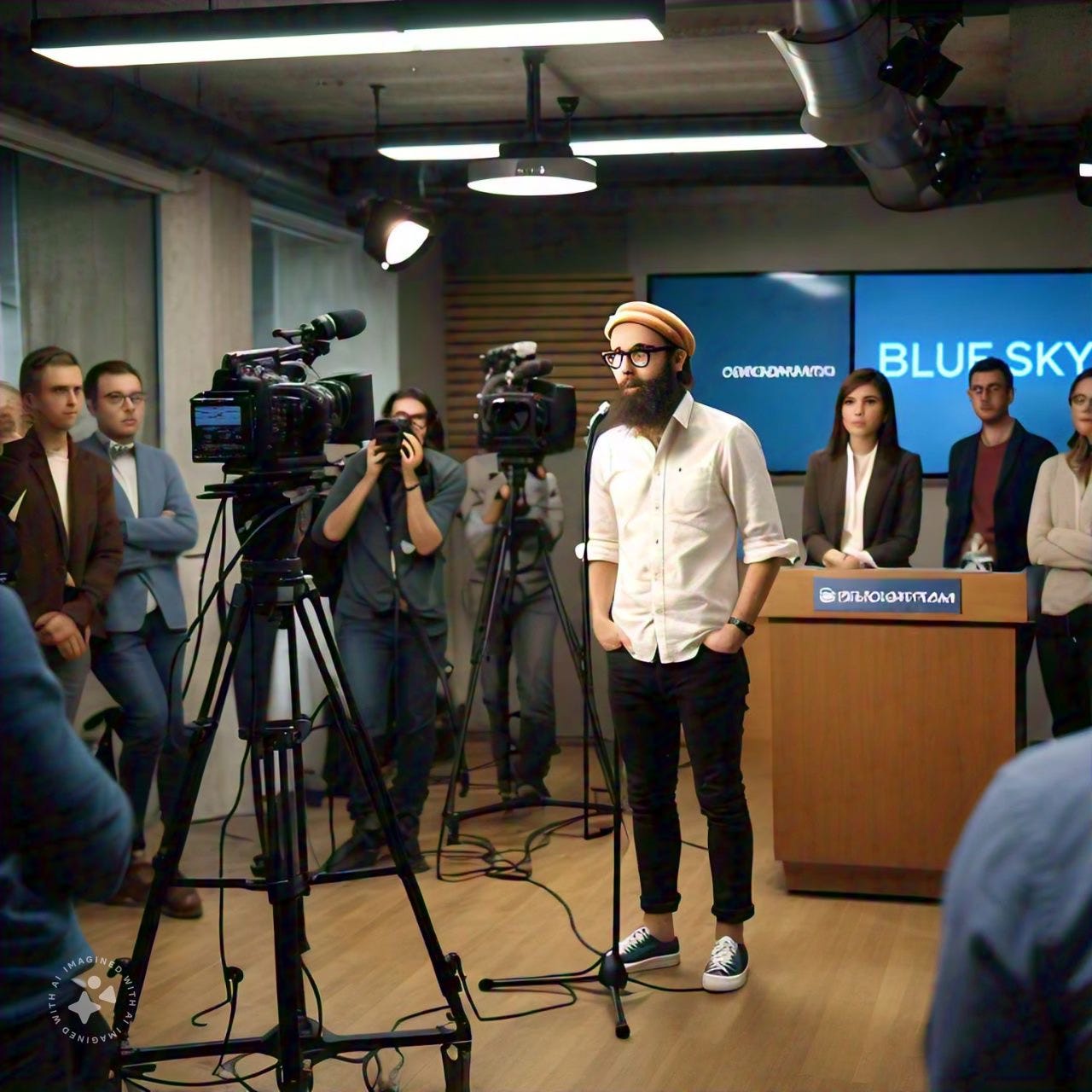Unlike X, Bluesky Says It Won't Train AI On Your Social Posts
Bluesky, a social network that’s experiencing a surge in users this week as users abandon X, says it has “no intention” of using user content to train generative AI tools.
The social network made the announcement on the same day that X (formerly Twitter) is implementing its new terms of service that allow the platform to use public posts to train AI.
“A number of artists and creators have made their home on Bluesky, and we hear their concerns with other platforms training on their data,” Bluesky said in a post on its app. …
Keep reading with a 7-day free trial
Subscribe to Neural News Network to keep reading this post and get 7 days of free access to the full post archives.



